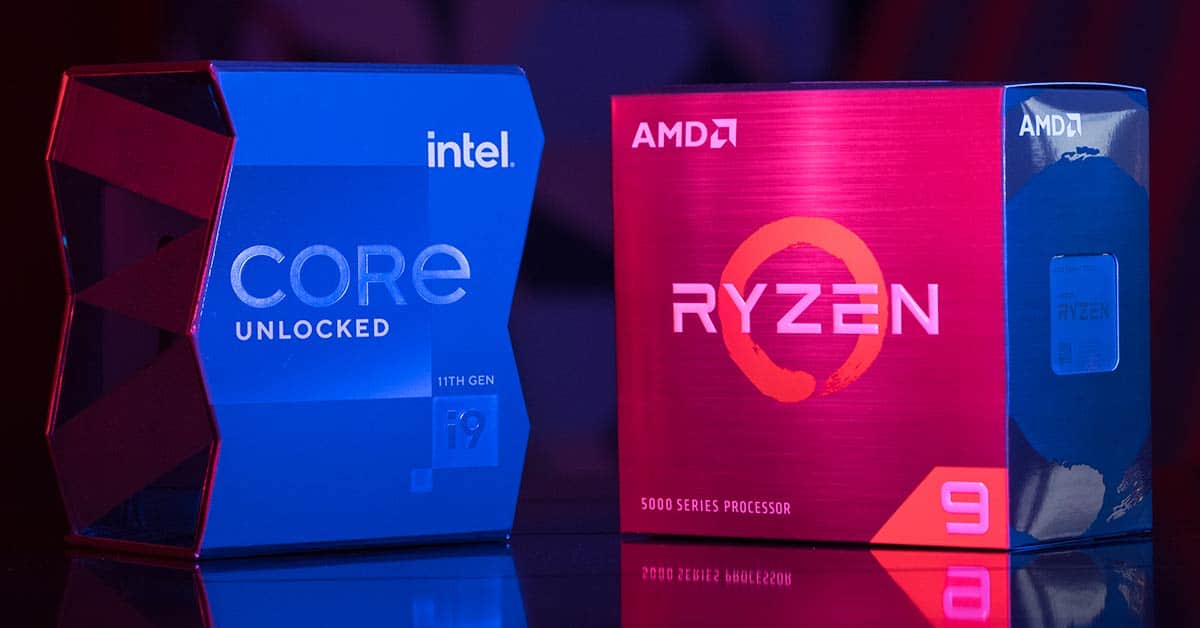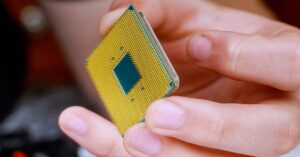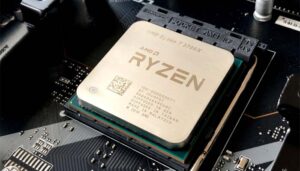The war between AMD & Intel is almost never-ending.
Both of these CPU giants have been rivaling against each other since they first entered the industry. Perhaps, it will not be wrong to state that each release by the company is an attempt to outshine the other.
Well, this tradition carries onto their following too. Supporters of both sides have detailed essays ready to make their much-loved processor win. Yes, I kid you not, but you’re only going to get biased opinions from them!
So, who will resolve this issue? How will people know the best of the bests as they enter the market, hoping to make their gaming/workstation power-packed? Hey, do not worry because we are here to unravel all the answers for you!
Continue reading to find who wins this battle of the processors!
AMD VS Intel Which Is Better: An Overview
Before we dive deep into the topic, let us give you an overview of the difference between AMD and Intel. (We have added a detailed AMD VS Intel comparison chart too. You can skip this and give it a read for quick understanding!)
AMD
| Processor | Cores | Threads | Price |
|---|---|---|---|
| AMD Ryzen 3 3100 | 4 | 8 | Check Price |
| AMD Ryzen 5 3600xt | 6 | 12 | Check Price |
| AMD Ryzen 7 3800X | 8 | 16 | Check Price |
| AMD Ryzen 9 3900X | 12 | 24 | Check Price |
| AMD Ryzen Threadripper 3990X | 64 | 128 | Check Price |
AMD stands for Advanced Micro Devices Inc., that has it’s headquarter in California. The company was brought together back in 1962 by Jerry Sanders with one motive in mind; innovation at an affordable price range.
Initially, AMD released three processor ranges; Ryzen-3, Ryzen-5, and Ryzen-7. The Ryzen-3 stood as an entry-level processor, whereas Ryzen-7 topped as the high-end version.
Similarly, their features and value also increase in the order of the number. The usual specifications offered by the Ryzen series were 8-cores and 16-threads.
(Currently, AMD has added Ryzen-9 to the range that starts from 12-cores. It is an outstanding processor that combines all idealistic specs at an affordable price. However, this is after the introduction of another member. Let’s get back to the story!)
Later, AMD upgraded the entire family with higher clock speeds and heat efficiencies. And introduced the premium member- Thread Ripper. This particular chip took things out of the world, starting at an amazing 12-cores/24-threads and going all the way to 32-cores/64-threads!
Intel
| Processor | Cores | Threads | Price |
|---|---|---|---|
| Intel Core i3-1115G4 | 2 | 4 | Check Price |
| Intel Core i5-11300H | 4 | 8 | Check Price |
| Intel Core i7-1185GRE | 4 | 8 | Check Price |
| Intel Core i9-11900 | 8 | 16 | Check Price |
Intel is a multinational company headquartered in California. The company sprung up back in 1968 with the efforts of Robert Noyce and Gordon Moore.
Similar to AMD, the company released a four-processor range; Intel Core i3, Core i5, Core i7, and Core i9. The Core i3 is the entry-level, while the Core i9 is the high-end option.
When compared, Intel’s premium option Core i9 possesses 18-cores. It is way more than Ryzen-9’s 16-cores. Hence, making Core i9 a competitor to AMD’s Thread Ripper rather than Ryzen-9.
Overclocking
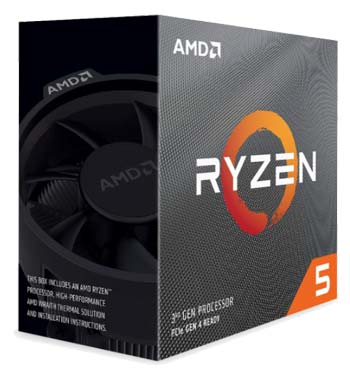
In CPU terms, overclocking refers to the practice of increasing the processor’s clock rate so that it operates at a higher speed than its potential. Usually, gamers and IT experts make use of overclocking to gain the most out of their PCs.
If you’re looking for moderate overclocking that is also hassle-free, then your best option is AMD processors. Generally, all AMD processors do not allow much manual tuning and customization. Instead, they feature Precision Boost Overdrive option.
On a single click, this particular thing enables you to automatically overclock the processor based on your system’s current motherboard power and cooling capabilities. However, even using this feature, AMD processors do not provide much MHz and stay under the manufacturer’s recommended speed.
Comparatively, Intel offers you free reign for overclocking. Yes, these processors are pricier than AMD but totally worth it. Combine an Intel processor with a premium aftermarket cooler, and you can overclock it beyond the limits!
Heat Generation
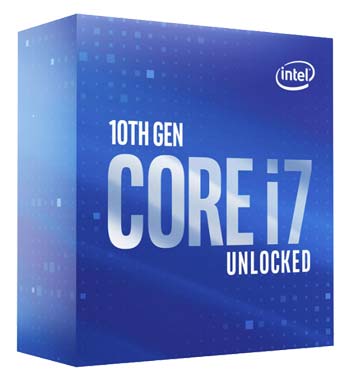
The heat produced by a processor and power consumed is significant features to consider when purchasing the best CPU. These determine the overall efficiency as well as the lifespan of the processor.
Heat generation depends on two factors; overclocking and design. If you’re overclocking, then the processor is likely to produce more heat than usual. Hence, requiring better coolers.
But, that’s is an option that you choose. We’re talking about the performance of AMD and Intel-based on built-in qualities. And, so our concern is heat generation based on the processor’s design only.
Generally, Intel comprises denser nodes in its construction (i.e., 14nm) for more robust and feature-rich performance. However, it also means larger power consumption and heat generation. So, you will need to invest in better aftermarket coolers and powerful motherboards.
Meanwhile, AMD outshines Intel’s inefficient power consumption and minimal heat generation. Its processors have 7nm nodes that produce little heat and take in little power. Hence, functioning well on stock coolers and motherboards.
Protection & Security
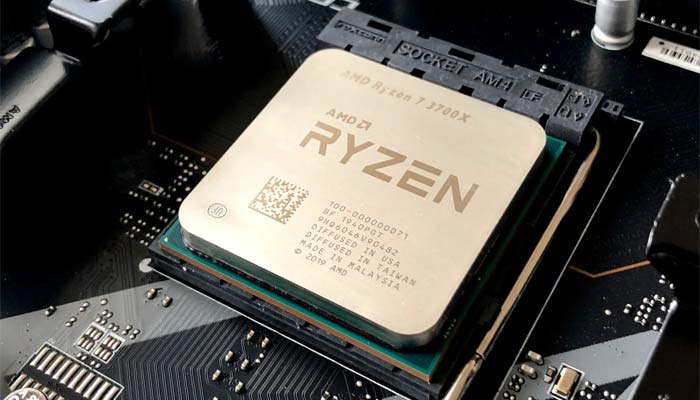
Did you know hackers and virus-infusers target the processor’s design to bust into your system? Well, that’s a big concern when purchasing processors.
Using weak processors, you’re PC and the entire work system can become a victim of viruses. Hence, corrupting the data and potentially leaking your confidential files.
AMD seems to have a great position regarding processor security and protection. Hackers require processor design details and vulnerabilities to cause any damage.
Well, AMD has merely sixteen weak points in its design. And, these two are getting lower day by day with upgrades. Hence, making the processor more secure.
In comparison, Intel has 242-weakness points publicly disclosed. So, the count does not include the concealed ones.
This particular thing is mind-blowing as AMD is ahead in terms of security. Researchers justify Intel’s position by stating that it is due to popularity and a larger market.
People target Intel because it has more users than AMD. However, the lack of secure design is still an issue for users with lots of confidential and private data.
Gaming Performance
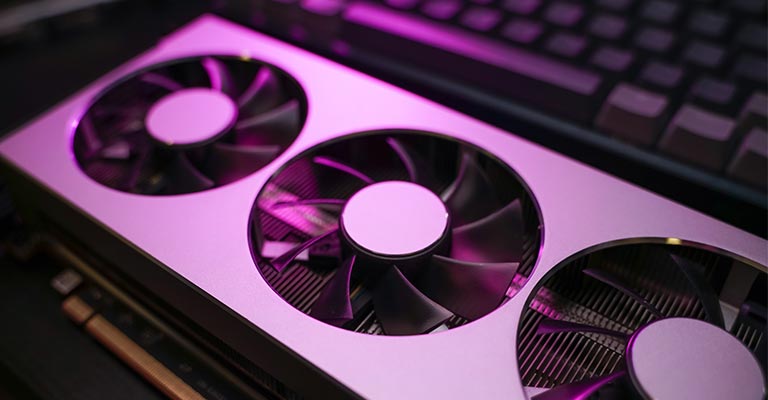
Gone are days when gaming meant competing in a good long session and having a good night’s sleep. Today, gaming is complex. Professional E-sports players and gamers cater to a diversity of tasks, which includes:
- Live streaming
- Recording gameplays
- Podcasts
- YouTube
- Gaming contests and whatnot.
For all these tasks, the gaming system’s processor must be powerful and efficient enough to deal with the load. It should be fast, speedy, and capable of multitasking.
Well, Intel and AMD have tough competition when it comes to gaming performance. Both companies try to ace at gaming by perfecting different aspects. Perhaps, this is why you will find a mixture of AMD and Intel processors labeled as the best ones for gaming.
Generally, the high-end options of Intel are excellent at gaming performance. They function smoothly and glitch-freely. But, the costs for these are huge.
AMD happens to hit the sweet spot of affordability and great gaming performance. All of its mid-range processors perform outstandingly.
It offers a larger number of cores and threads, which helps gaming PCs and systems run fluidly. Plus, each of the AMD processors has good integrated graphics due to the use of the company’s Picasso APUs.
Intel’s mid-range processors offer a moderate quality gaming experience. You can expect slight lagging and glitches.
Non-gaming Performance
By non-gaming, we mean all the other activities that one can do on a task. There are multiple things, which includes:
- Video editing
- Editing
- Music production
- Graphics
- Animation
- Writing & Office work
- E-commerce, and so much more.
Yes, these activities do require slightly different features for maximum efficiency. However, all of them also follow the requirement of a general set of specifications.
For example, swiftness and multitasking capabilities are a must for all. The PC must nog lag regardless of what you are doing.
Unlike gaming, you may not require integrated graphics. But, you will need high resolution, better refresh rates, and massive space.
Surprisingly, both Intel and AMD excel in this aspect. Select any Intel or AMD processor, and they will provide a worthy non-gaming experience.
Usually, the high-end options with more cores and threads will perform better than the entry-level options with fewer cores and threads. So, depending on your use, you can select the processor.
We recommend people into video editing, graphics, animations, and other intensive tasks to go with premium options. Meanwhile, people into lighter tasks, such as office work, can do well with entry to mid-range level processors.
Verdict: So, which one is better?
Above, we have compared both AMD and Intel against five different aspects. If we dive into benchmarks and tests, there are even more complexities. But, we have attempted to keep it simple for now.
From the comparison, we can see that Intel excels at overclocking, whereas AMD takes the lead in heat production efficiency and security. Both of these processors perform well when it comes to gaming and non-gaming activities.
So, we can conclude that if you’re not in overclocking and need something affordable. AMD is the best one out there. But, if overclocking is very important and money’s not an issue, then Intel is idealistic.
Hopefully, this detailed comparison would have provided a deep insight into the topic. In case you have something to share or ask, then let us know below!
Related Posts


